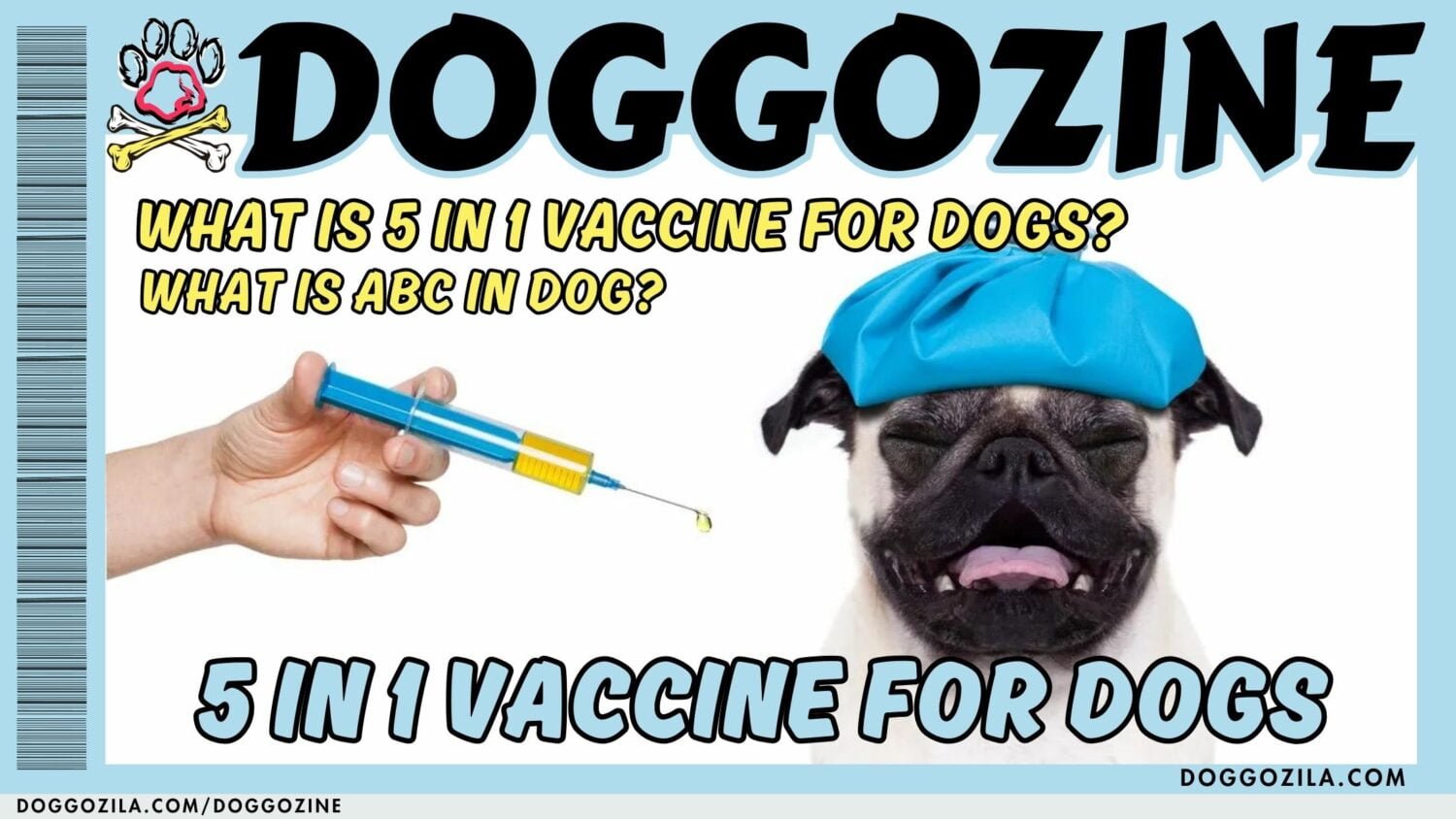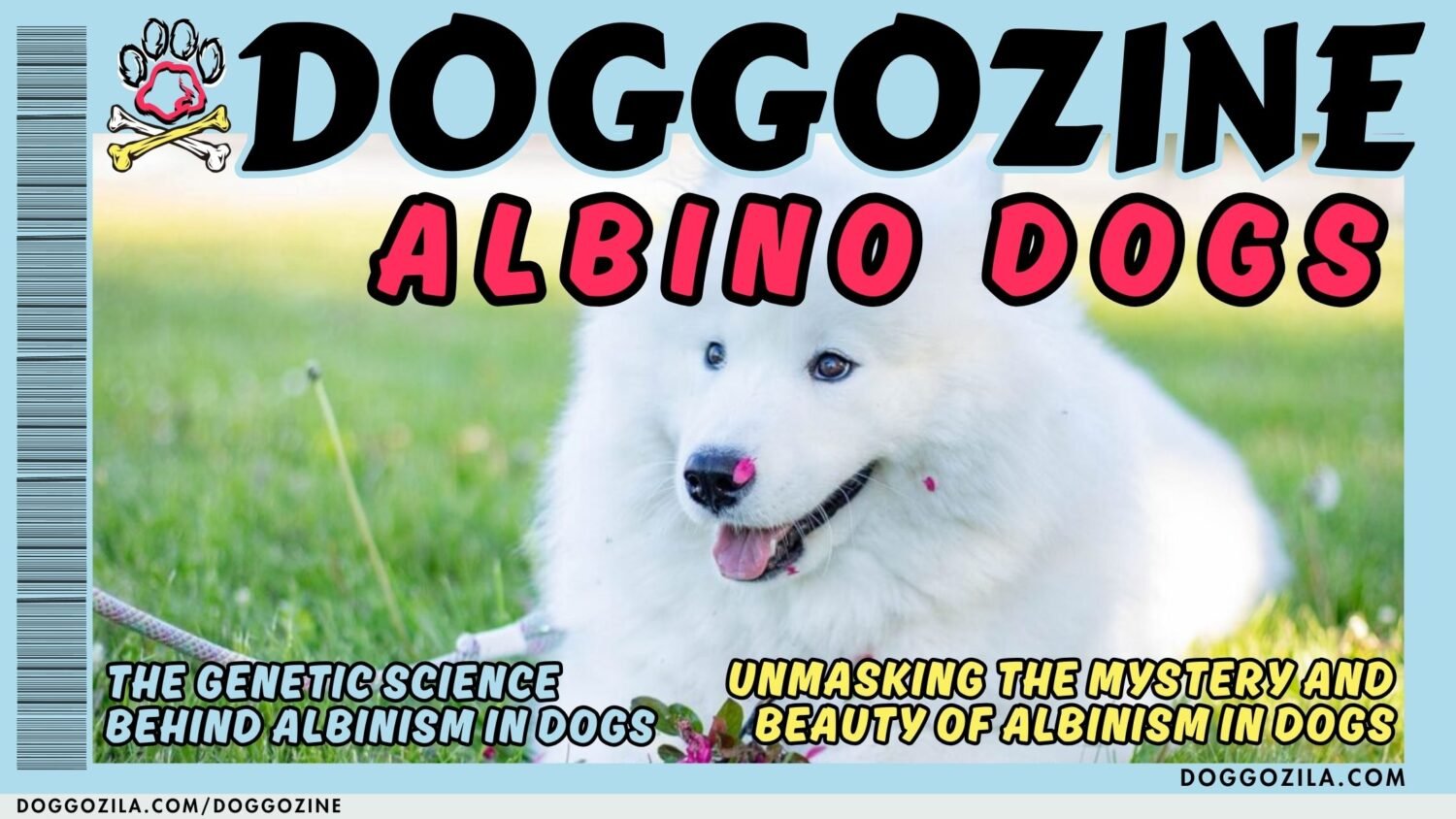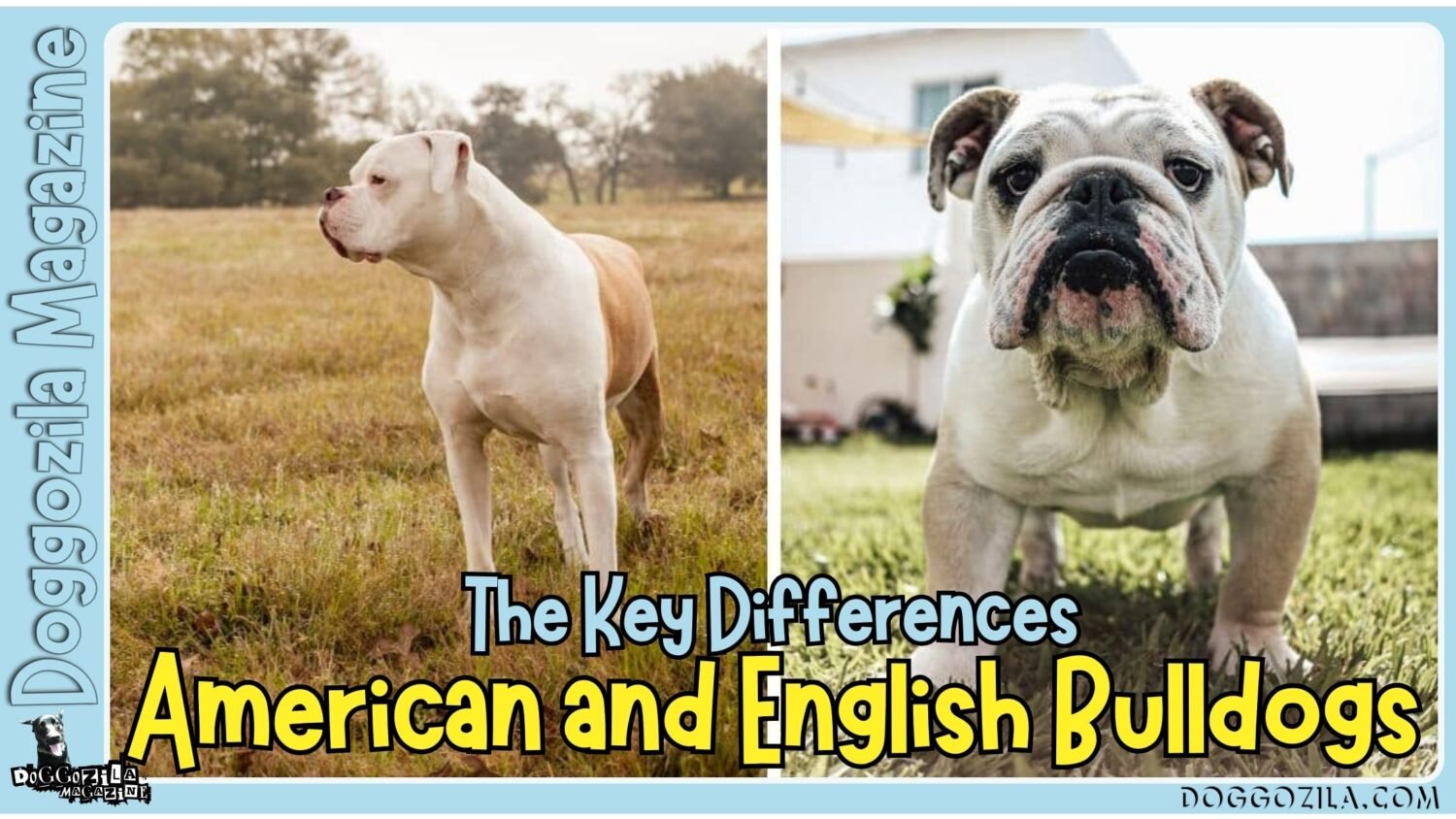Hey there, paw-rents! It’s your favorite globetrotting dog blogger, back with a tail-wagging deep dive into one of summer’s hottest questions (pun intended!). So, summer’s sizzle is here, and that means one question burns hotter than asphalt at noon: How do dogs sweat?
Ever watched your pup panting on a scorching day and wondered, “Do they even sweat like I do?“ Grab a frosty pup cup, settle in with your furball, and let’s unravel this juicy mystery together. Trust me—it’s cooler than you think!
Forget the image of a dripping doggy gym towel – their cooling system is a fascinating, multi-layered masterpiece! Grab a frosty drink (and maybe a pup-sicle for your furry BFF), settle in, and let’s unravel this cool mystery together. Trust me, understanding this is key to keeping your best friend safe and comfy during those hot weather adventures!
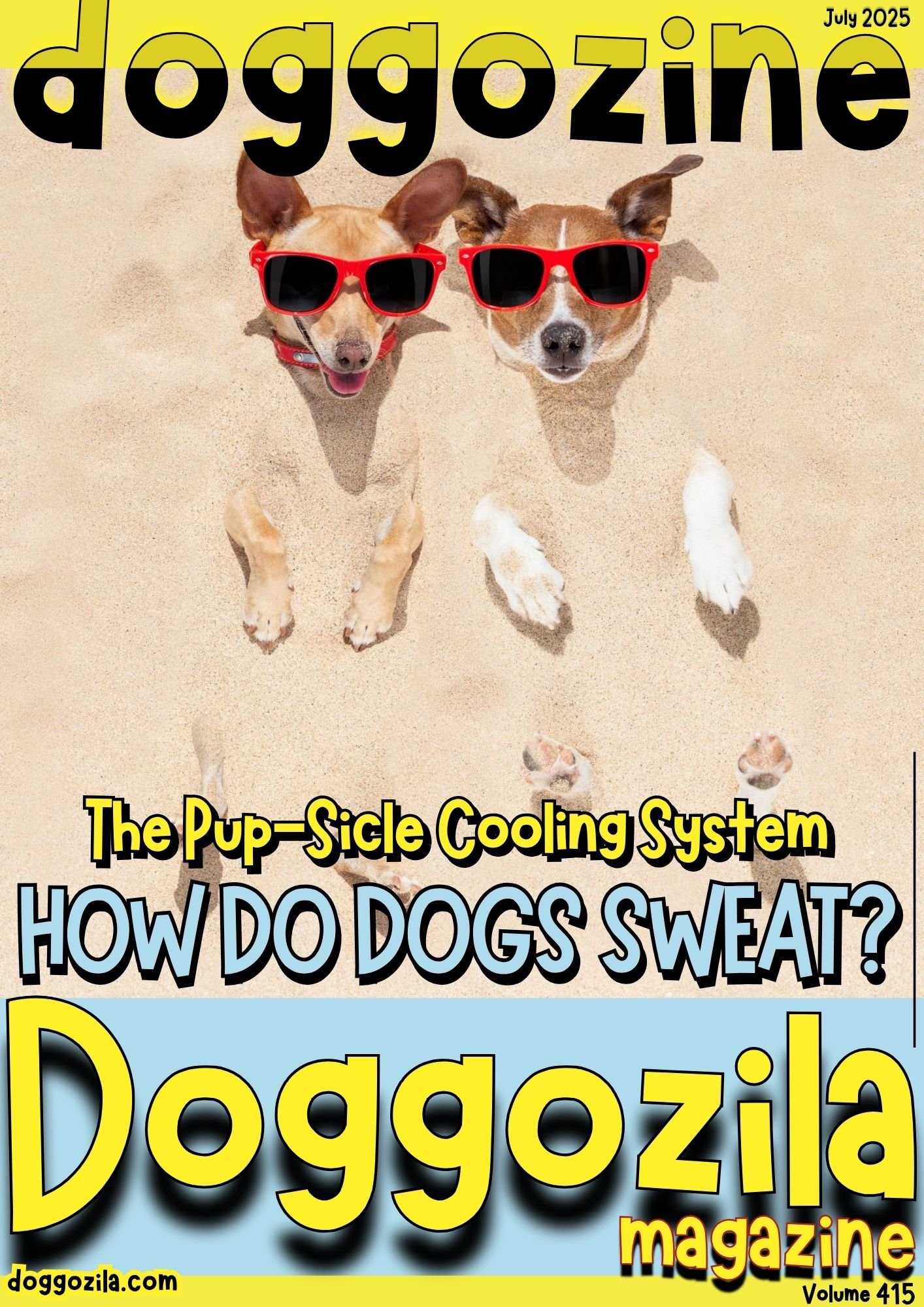
UNDERSTANDING HOW DO DOGS SWEAT THROUGH SPECIALIZED GLANDS AND PANTING MECHANISMS
Most dog owners instinctively look for paw prints to understand canine perspiration, but true thermoregulation relies on more nuanced biology. Dogs possess merocrine sweat glands in their paw pads and eccrine glands around their noses that secrete moisture to release minimal body heat. The majority of dog cooling, however, stems from panting, an evaporative process where moisture in the tongue and nasal passages dissipates excess heat rapidly through respiratory exchange.
Integrating vasodilation in ear flaps and facial blood vessels further amplifies heat loss by drawing warm blood closer to the skin surface for cooling before it recirculates internally. Understanding how do dogs sweat and cool down requires recognizing that sweat gland activity is supplemental, with panting remaining the dominant cooling mechanism in most domestic breeds.
The Anatomy of Canine Sweat Glands Show Us How Do Dogs Sweat
Dogs have merocrine glands in the paw pads and apocrine glands at hair follicles, yet only the former contribute to cooling. Unlike human eccrine glands, canine merocrine glands release small amounts of liquid that evaporate from the hairless pads to shed a fraction of body heat. Apocrine glands, found under fur, primarily emit pheromones and play little role in thermoregulation.
Researchers using histological staining methods found that gland density varies by breed and body region, with paw-bound merocrine glands being most active during heat stress. Sweat production in dogs under heavy heat can account for up to 20 percent of heat loss at ambient temperatures near 31 °C.
This “hidden” sweating through hair-covered apocrine glands was long underestimated because sweat under fur isn’t easily visible. Recognizing these subtle sweat pathways helps veterinarians assess a dog’s thermal comfort beyond panting rate.
How Do Dogs Sweat Vs. Pant for Evaporative Cooling
When ambient temperatures approach a dog’s skin temperature, convective heat loss plummets, forcing reliance on evaporation. Panting becomes the primary evaporative mechanism, accounting for 75 percent of total heat dissipation at 36 °C and up to 90 percent at 41 °C, as shown in classical dog physiology studies by C.R. Taylor.
While paw-pad sweating contributes modestly, panting—involving rapid inhalation and exhalation—evaporates moisture from the oral mucosa and respiratory tract. This process places cardiovascular and respiratory systems under stress, explaining why brachycephalic breeds or overweight dogs struggle in heat.
Heat-induced vasodilation in ears and muzzle skin further aids cooling by exposing warm blood to airflow. Modern veterinary guidelines emphasize monitoring panting intensity and ear temperature as better heat-stress indicators than visible sweating. Cooling vests and shade provision complement these natural mechanisms.
Interpreting Paw-Print Evidence in Research About How Do Dogs Sweat
Lightly dampened paw prints on a hot sidewalk are often cited as proof of canine sweating. Veterinarians confirm that merocrine glands activate under thermal or emotional stress, leaving microscopic moisture trails on surfaces. But this phenomenon represents only a fraction of total canine heat loss.
Laboratory studies using infrared thermography reveal that paw-pad evaporation cools the distal limbs more than the core, making it inefficient alone for whole-body cooling. Dogs instinctively seek cooler substrates—tile floors or shaded soil—to augment evaporative cooling.
Breed-specific histomorphology shows larger-gland breeds like Dachshunds may display more pronounced paw-pad sweating than Pugs, which rely heavily on panting due to smaller glands and compact airways. Owners can monitor damp paw prints as a secondary cooling metric but should prioritize panting behavior and environmental adjustments to safeguard thermal welfare.
🔑 Key Points: Paw-pad sweating is minimal but real. Dogs leave damp paw prints when stressed or hot, but this contributes only a small fraction of their overall cooling compared to panting.
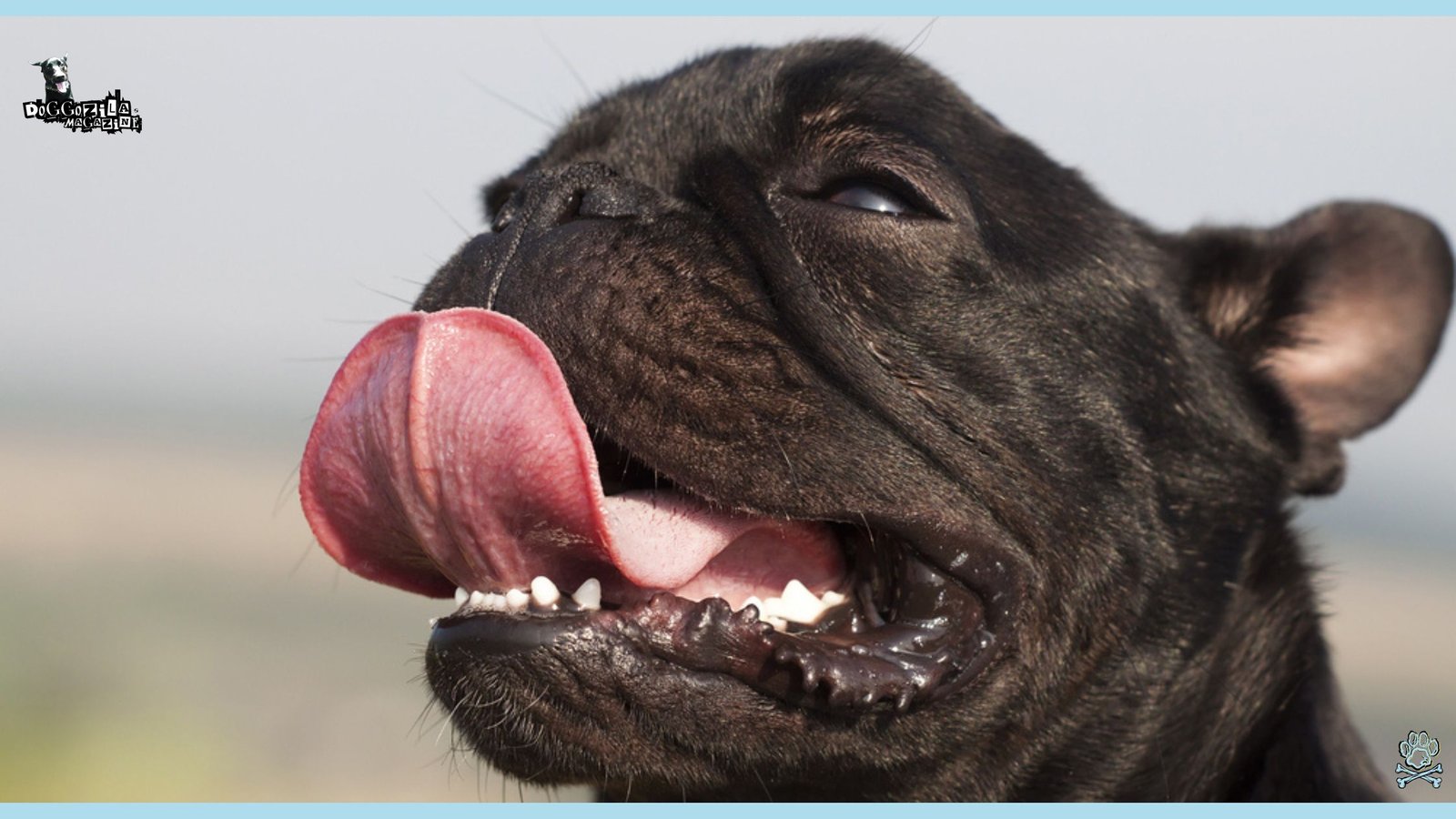
HOW DO DOGS SWEAT VERSUS HUMAN PERSPIRATION PATHWAYS?
Humans boast millions of eccrine sweat glands distributed across their bodies, enabling uniform cooling via skin evaporation. Dogs, by contrast, lack widespread eccrine systems; their cooling is compartmentalized to paw pads and nasal planum. While humans can tolerate exercise in heat via heavy sweating, dogs must reduce activity or suffer heat stress. Comparisons underscore why shaving double-coated breeds is dangerous: removing insulating fur increases direct heat gain while compromising protection from UV and parasites. Recognizing these interspecies differences guides safe exercise schedules and grooming practices.
Studies reveal that canine apocrine glands outnumber merocrine ones but serve pheromonal communication rather than cooling. As ambient temperatures rise, convective heat loss through fur becomes negligible, forcing dogs to pant for rapid evaporative cooling.
How Do Dogs Sweat Under Fur, and Why It’s Hard to See?
Early researchers dismissed canine sweating outside paw pads due to invisible moisture under the coat. Aoki and Wada (1951) showed eccrine glands in the hairy skin of dogs produce sweat, but it evaporates immediately under dense fur, escaping notice.
Modern techniques—transepidermal water loss sensors—confirm that hairy regions contribute meaningfully to evaporative cooling. Heat exposure trials demonstrate that at moderate temperatures, dogs may lose up to 20 percent of metabolic heat this way.
Breed coat density and hair length modulate this hidden sweating, with thick double dog coats trapping moisture longer than short single coats. The data challenge conventional wisdom and redefine how veterinarians assess canine thermoregulation. Owners must trust behavior and environmental signs over visual sweat cues when evaluating heat stress.
Case Studies in Sporting Breeds About How Do Dogs Sweat During Exercise
Sled dogs, greyhounds, and agility competitors offer insight into high-performance thermoregulation. A 2018 field study on Siberian Huskies running 50 km in 0 °C conditions recorded that panting accounted for 95 percent of heat loss, while paw-pad sweating contributed under 5 percent.
By comparison, Whippets in 25 °C indoor trials dissipated roughly 10 percent heat via merocrine glands, reflecting breed differences in gland density and exercise intensity. These findings inform conditioning protocols: prolonged exertion demands access to shade, water breaks, and cooling mats to mitigate panting fatigue.
Dog athletes with brachycephalic conformations, such as French Bulldogs, exhibit pronounced heat sensitivity, underscoring breed-specific care guidelines. Implementing science-based cooling interventions prevents performance drop-off and life-threatening heatstroke.
How Do Dogs Sweat to Maintain Thermal Balance In Urban Environments?
City dogs face unique heat challenges: asphalt heat islands, limited green space, and concrete that radiates warmth long after sunset. Urban thermography shows sidewalk surfaces can exceed air temperature by over 15 °C, intensifying heat stress in walking pets.
Paw-pad sweating traces appear on cooler areas but vanish on asphalt, rendering merocrine cooling negligible. Dogs must rely nearly exclusively on panting and seeking air-conditioned interiors. Public-health initiatives advocate for dog-friendly cooling stations in parks—shaded kiosks with misting systems and drinking water.
Urban planners also recommend reflective pavements and green corridors to lower microclimates. Integrating how do dogs sweat research with city design benefits canine welfare during heat waves.
🔑 Key Points: Dogs do not sweat like humans. Unlike humans, who sweat across their entire body, dogs have limited sweat glands and rely on alternative cooling methods like panting and vasodilation (blood vessel expansion in ears and face).
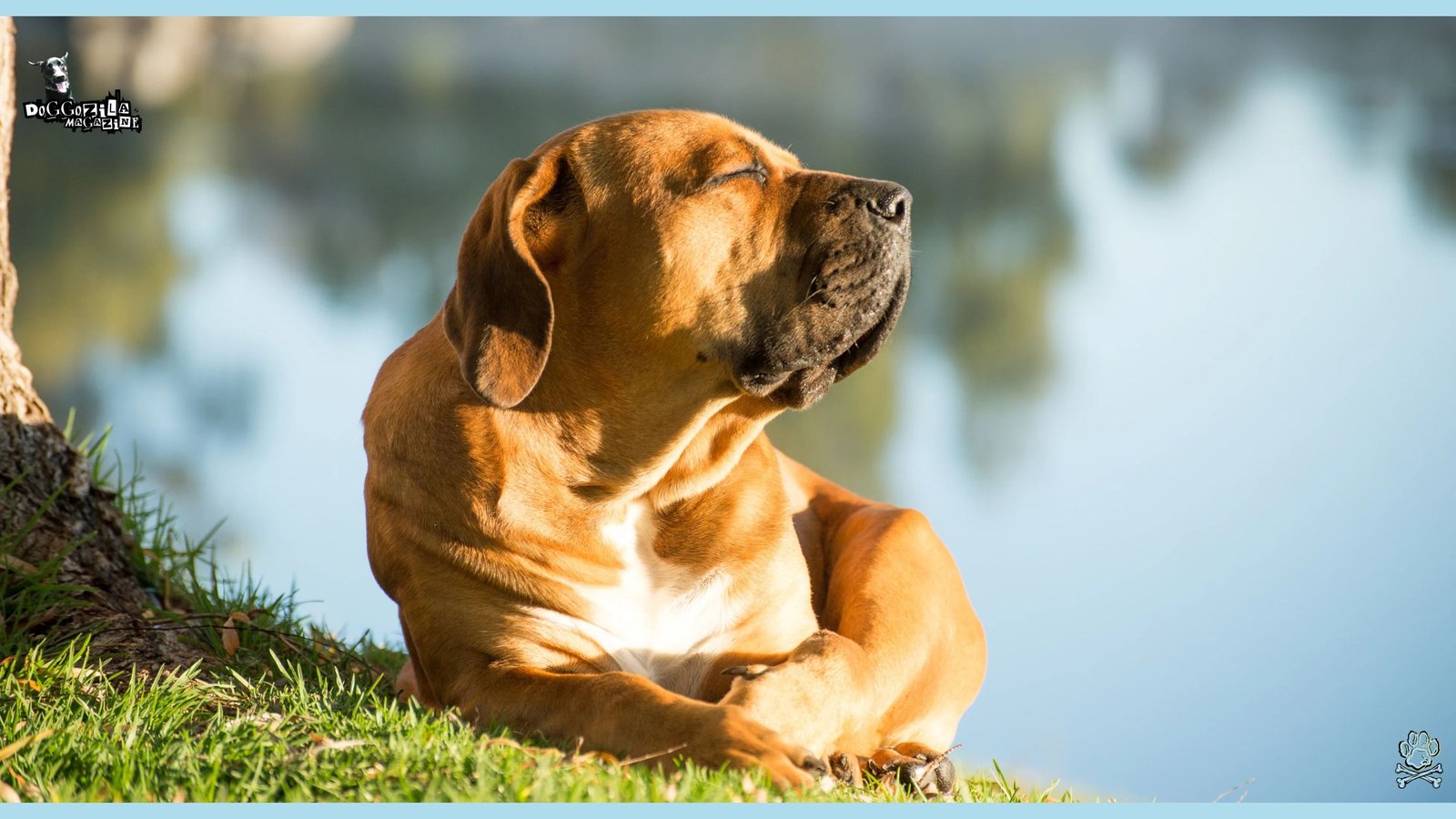
HOW DO DOGS SWEAT AMONG DIFFERENT BREEDS: HISTOMORPHOLOGY INSIGHTS
Comparative histology reveals marked variations in sweat-gland number and size across breeds, influencing thermoregulation. Apocrine glands predominated in all ventral abdominal regions, but merocrine glands in paw pads varied by over 40 percent in density between breeds. These morphological distinctions correlate with observed heat-tolerance: breeds with abundant glands pant less and recover faster post-exercise.
A 2024 study on seven dog breeds found German Spitz and Dachshund had the largest sweat-gland diameters, suggesting enhanced evaporative capacity compared to Pugs and Dobermans, which possessed fewer, smaller glands. Conversely, brachycephalic breeds exhibit prolonged panting and slower temperature rebound. Breed-specific thermoregulation data inform tailored care—long walks for Spitz, shorter breaks for Bulldogs.
The Link Between Gland Size and Heat Resilience
Sweat-gland diameter directly affects evaporative efficiency: larger glands secrete more fluid per unit time, optimizing cooling under moderate heat stress. Researchers measured gland cross-sectional area via histomorphometry, correlating larger diameters with lower core temperatures during treadmill tests at 30 °C.
Dachshunds, with both high gland density and large diameters, maintained stable temperatures over 20 minutes of exercise, whereas Pugs showed rapid rises and needed earlier rest. These breed-dependent thresholds guide veterinarians in prescribing safe activity limits. Owners should adapt exercise intensity and duration to their dog’s glandular profile, especially during summer.
Behavioral Compensations in Breeds with Limited Sweat Pathways
Breeds with sparse merocrine glands often employ behavioral adaptations to offset reduced sweating. Pugs and French Bulldogs, for instance, seek shade more frequently and adopt sternal recumbency on cooler surfaces to maximize conductive heat loss.
Studies tracking GPS-equipped dogs in heatwaves found that low-gland breeds reduced movement by 60 percent relative to high-gland breeds.
Such thermoregulatory behaviors—limited activity, shade-seeking, and panting—highlight the importance of environmental design in dog parks and residential yards. Providing cooling breaks and shaded refuges compensates for anatomical limitations, safeguarding all breeds from heat stress.
Case Study: Successful Cooling Strategies in Kennel Operations
Professional kennels housing diverse breeds implement multifaceted cooling to manage thermoregulation across gland profiles. One U.S. facility reported zero heat-related incidents over five summers by combining reflective roofing, misting fans, and cooled bedding mats.
Regular paw-pad hydration via gentle misting targeted merocrine sweat function, while indoor air currents optimized panting efficacy. Kennel staff monitored panting rates and ear temperatures hourly, adjusting environmental controls dynamically. This operational model demonstrates how integrating gland-based research with proactive management achieves optimal dog comfort and safety.
🔑 Key Points: Sweat gland distribution varies by breed. Some breeds (like Dachshunds) have more active sweat glands in their paws, while brachycephalic breeds (like Pugs) depend more on panting due to their anatomy.
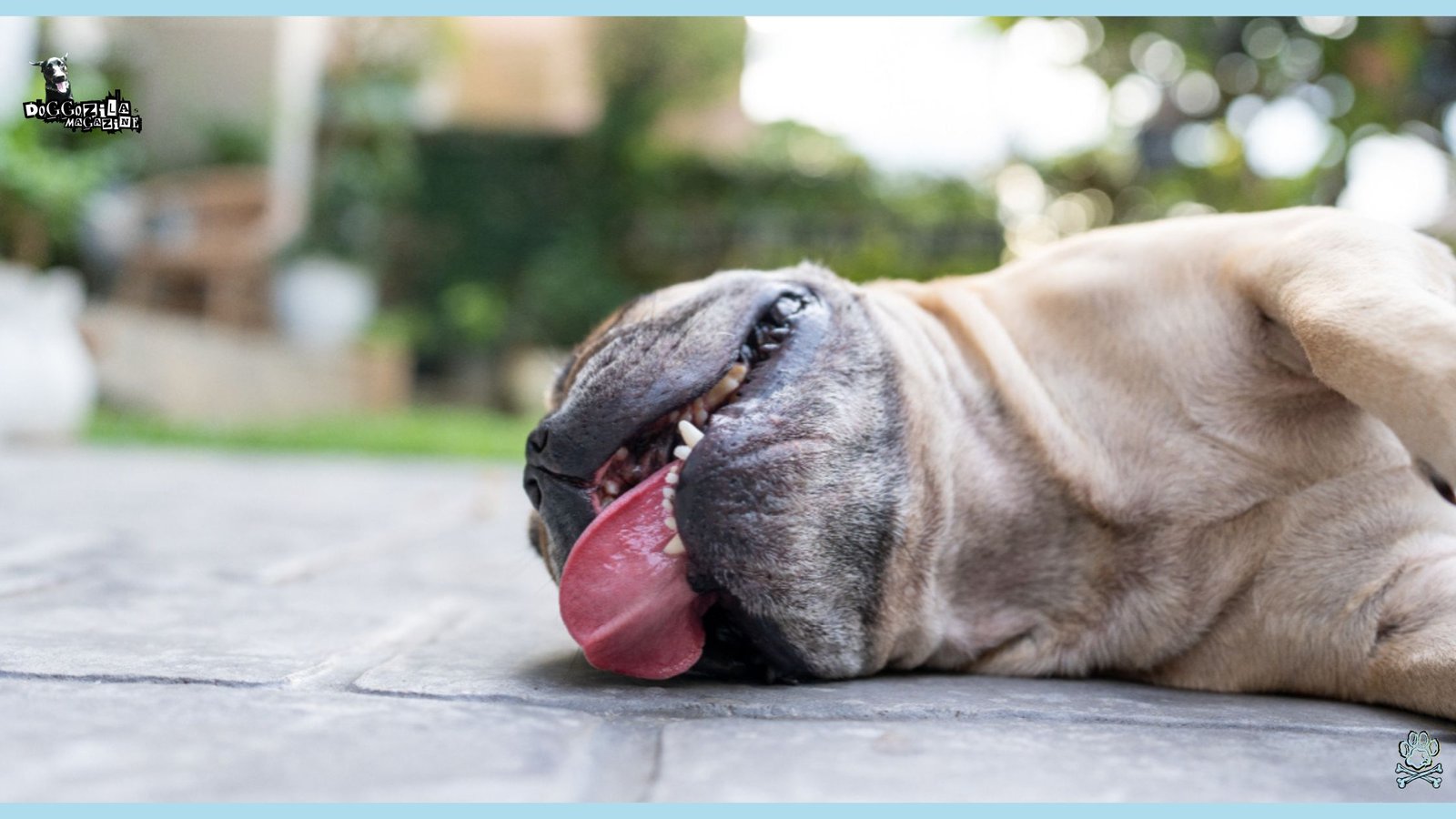
THE ROLE OF RESEARCH IN UNVEILING HOW DO DOGS SWEAT UNDER FUR AND AIRFLOW DYNAMICS
Scientific investigations over the past century have progressively refined our understanding of canine cooling. Early 20th-century work by Aoki & Wada documented merocrine gland activity in hairy skin, challenging beliefs dogs only sweat on feet. Charles R. Taylor’s mid-20th-century heat-loss curves quantified convective versus evaporative pathways across temperature gradients.
Recent histomorphological analyses added breed-specific detail to gland distribution and function. Advances in infrared imaging and portable hygrometry now enable real-time monitoring of sweat evaporation beneath fur. Integrating these modalities delivers a holistic view of how do dogs sweat and manage heat load, informing veterinary recommendations and owner education.
Pioneering Studies on Dogs Convective Heat Loss Show How Do They Sweat
Taylor’s foundational experiments mapped heat exchange by measuring skin and ambient temperatures, revealing that at air temperatures below 31 °C, convection accounts for the majority of heat loss. He observed that dogs with thicker coats lose heat more slowly, underscoring the insulative paradox of fur in warmth.
These findings underpin modern advice against shaving double-coated breeds. Despite technological advances, Taylor’s convective-evaporative balance framework remains central to canine thermal science.
Technological Breakthroughs in Measuring Hidden Sweating
The introduction of infrared thermography cameras and evaporimeters in the 1990s allowed direct quantification of water vapor flux from canine skin and fur. Studies using these tools confirmed that apocrine glands contribute significant but localized evaporation unseen by the naked eye. Dog sweat research now employs miniature wearable sensors to track real-time evaporative rates, validating decades of earlier inferences.
Data Shaping Veterinary Cooling Protocols About How Do Dogs Sweat
Contemporary veterinary guidelines incorporate sweating metrics alongside panting and temperature to assess heat stress. Cooling protocols now recommend combining passive cooling (shade, airflow) with active interventions (cooling vests, paw-pad misting) based on individual sweat-gland profiles. Evidence-based thresholds for exercise cessation and hydration intervals derive from integrated research findings spanning histology to field trials.
🔑 Key Points: Shaving double-coated dogs is harmful. Removing their fur reduces insulation, increases heat absorption, and removes protection against UV rays and parasites.

MYTH BUSTING: “BUT MY DOG SWEATS EVERYWHERE!”
Nope! If your dog’s back is damp, it’s likely saliva from grooming, water, or apocrine fluid—not sweat. True sweating is paw-exclusive. There are lot of myths on this topic, so we are gonna separate the facts from the fiction on dog cooling! Let’s tackle some pervasive summer dog myths head-on! Misinformation can be dangerous, so let’s get the facts straight.
While dogs might enjoy it initially, they can quickly become overheated without realizing it, especially if they fall asleep. How do dogs sweat effectively while sound asleep in direct sun? They don’t! Their cooling mechanisms (especially panting) are less active during sleep. A dog seeking sun might enjoy the warmth initially, but it doesn’t mean they can safely stay there for long periods on a hot day.
Myth 1: “If my dog is panting, they’re fine; it’s just how they sweat”
While panting is normal, excessive or
distressed panting is a major warning sign. Know the difference between a happy pant and a “help me” pant!
Myth 2: “Shaving my double-coated dog will keep them cooler”
As we covered, this is usually detrimental and harmful. Focus on brushing!
Myth 3: “My dog will stop playing when they’re too hot”
Many dogs, especially high-drive breeds or retrievers, will keep going to please you or chase the ball until they collapse. It’s our job to enforce breaks.
Myth 4: “my dog is safe in the car with the windows cracked”
NO! The temperature inside a car can rocket to deadly levels (over 100°F / 38°C) within minutes, even on mild days and even in the shade with windows open. Never leave your dog unattended in a car.
Myth 5: “A wet dog is a cool dog”
While applying cool water helps, simply being wet (like after a swim) isn’t enough if they are then lying in the hot sun. The water heats up, and humidity trapped in thick fur can actually make them hotter. Ensure they have shade and airflow after getting wet.
Myth 6: “Dogs sweat through their skin like humans”
We know this isn’t true! Their main sweat glands are on their paws, and panting is their primary cooling tool. Understanding the facts empowers you to make the best, safest choices for your furry adventurer.
🔑 Key Points: Urban environments intensify heat stress. Hot pavement, limited shade, and heat islands force dogs to rely almost entirely on panting, making cooling strategies like misting stations and shade crucial.
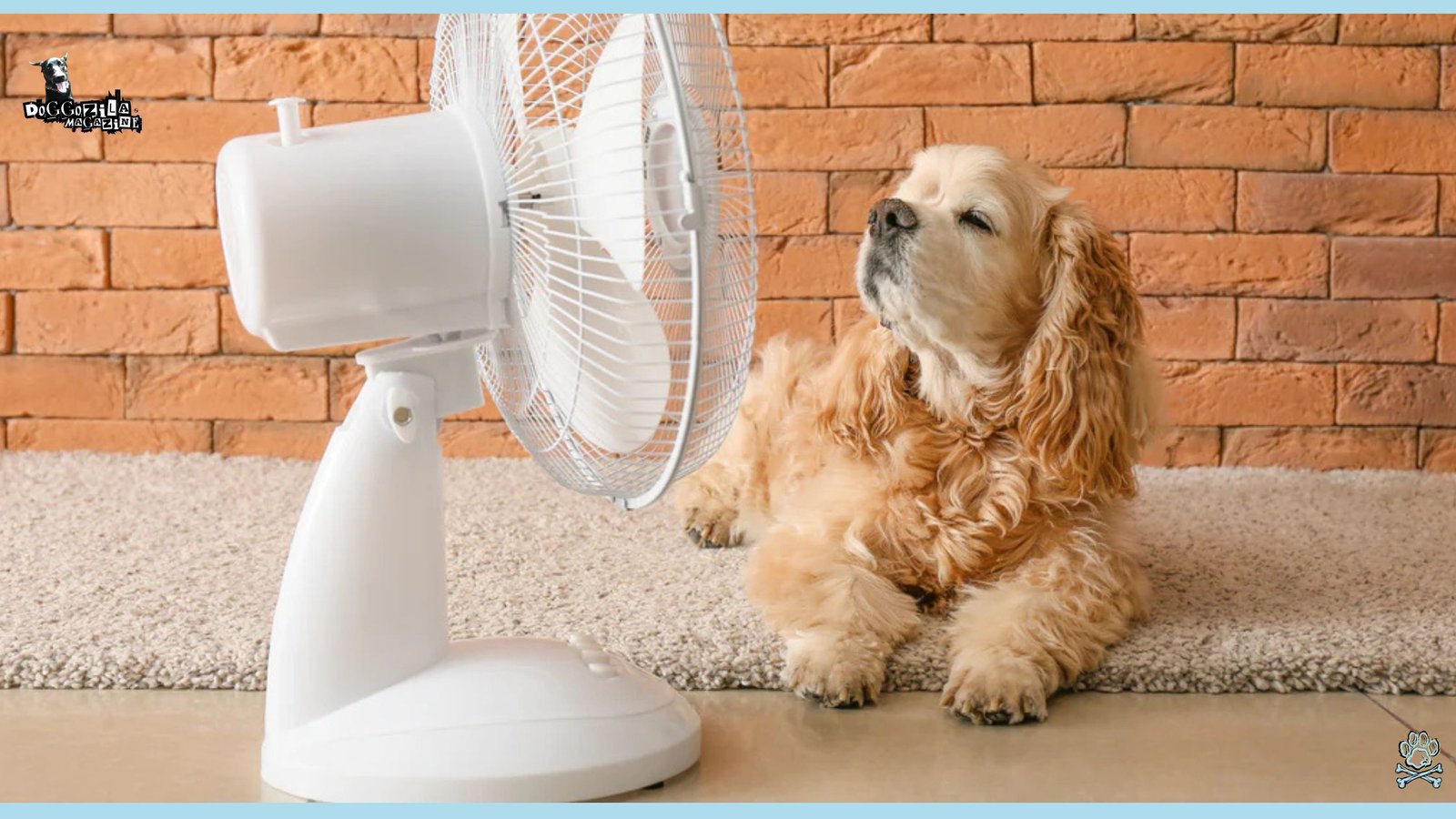
HOW DO DOGS SWEAT AND WHY PANTING AND VASODILATION DOMINATE THE COOLING?
Panting cycles up to 400 breaths per minute facilitate evaporative heat loss across the respiratory tract, while vasodilation in ear pinnae and facial vasculature extends convective and conductive cooling. Dogs can shed up to 60 percent of exercise-induced heat via panting, a rate unmatched by paw-pad sweating. In intense heat, panting efficiency can decline due to elevated respiratory humidity, making vasodilation critical for supplemental cooling.
Although dog sweat glands exist, panting and peripheral vasodilation outperform sweating for rapid heat dissipation. Monitoring ear temperature provides direct insight into vasodilatory effectiveness. Recognizing these dominant pathways shapes owner interventions: air circulation and shade optimize panting and vasodilation, while wetting only augment minor sweating.
Mechanisms of Dog Panting Efficiency
Panting’s high efficiency arises from large surface area in moist nasal turbinates and bronchioles, maximizing heat removal per breath. Unlike human sweating, which can lead to excessive electrolyte loss, panting maintains electrolyte balance but risks dehydration if water intake is insufficient. Dogs regulate panting depth and rate dynamically, balancing cooling with respiratory muscle fatigue.
The Science Behind Vasodilation in Dog Ears
Ear pinnae act as radiators: vasodilation expands superficial blood vessels, bringing core heat to the thin-skinned, poorly furred flaps. Infrared imaging shows ear temperatures drop by up to 5 °C within minutes of shade exposure, illustrating rapid cooling. Breeds with small, erect ears (e.g., German Shepherds) dissipate heat more effectively than those with small or floppy ears.
Optimizing Airflow for Maximal Cooling
Facilitating panting and vasodilation involves creating consistent airflow over the dog’s face and ears. Portable fans, open windows, or strategically positioned vents in kennels amplify these natural pathways. Studies show that a 0.5 m/s breeze can increase evaporative cooling rates by over 20 percent compared to still air.
🔑 Key Points: Dogs primarily rely on panting and vasodilation for cooling. While they have sweat glands in their paw pads (merocrine glands), panting accounts for up to 90% of heat dissipation in high temperatures.
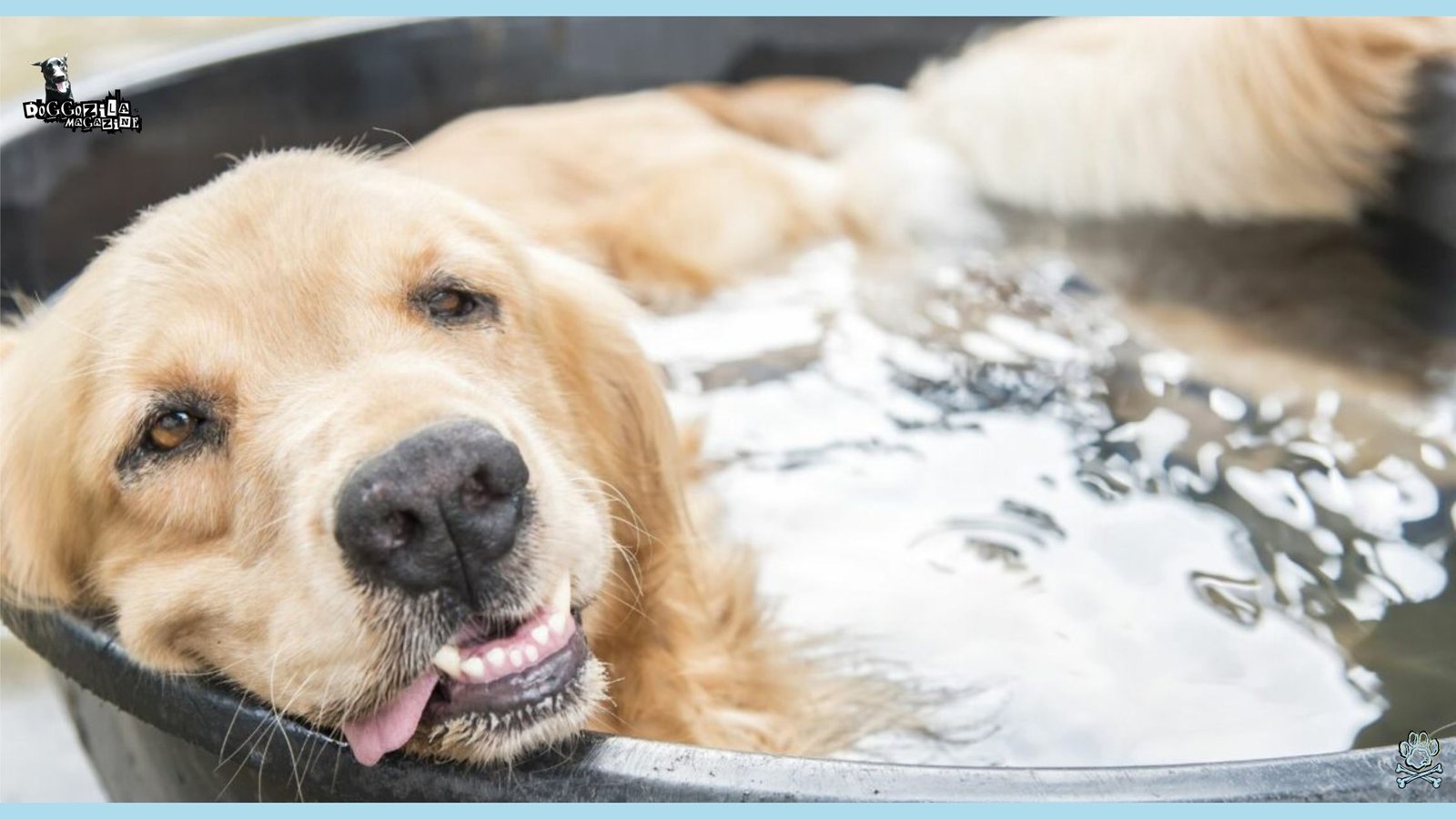
PRACTICAL STRATEGIES TO HELP YOUR DOG STAY COOL ON HOT DAYS
Recognizing how do dogs sweat gives us the power to assist more actively. Beyond hydration, there are products, routines, and even games that encourage safe heat regulation. Whether it’s a post-play mist spray or strategic use of shady play zones, owners can get creative. Helping your dog cool down isn’t just about preventing harm — it’s about enriching their experience. Dogs thrive when we work with their biology, not against it.
Case reports indicate that at body temperatures above 43 °C, dog mortality exceeds 50 percent even with aggressive treatment. Credible sources recommend immediate cooling (cool water immersion, fan application) en route to an emergency clinic.
How Owners Can Reinforce Dog Cooling Via Environmental and Behavioral Adjustments?
- Provide constant access to shaded, well-ventilated areas and fresh water to support sweating, panting, and vasodilation.
- Schedule exercise for early mornings or late evenings when ambient temperatures dip below 25 °C, minimizing reliance on sweating.
- Use dog cooling mats or vests that enhance evaporative pathways without inhibiting panting or vasodilation.
- Regularly groom thick-coated breeds to remove loose underfur, improving airflow across skin for better convective cooling.
- Never shave double-coated dogs, as this impairs both convective and evaporative cooling and increases UV exposure risks.
Creating A DIY Cooling Station for Your Dog
Assemble a shaded area with raised beds, a circulating-fan setup, and a shallow water trough. Position cooling mats near airflow sources. Rotate hydration bowls hourly and mist paw pads lightly to supplement merocrine evaporation. Monitor panting rates to adjust cooling measures in real time.
Incorporating “Cooling Breaks” During Outdoor Play
Plan play sessions with intermittent rest periods in the shade. After every 5 minutes of fetch in moderate heat, allow a 2-minute rest in front of a fan or under a cool towel. Offer water with added electrolytes to compensate for panting-induced fluid loss.
Recognizing Limits: Knowing When to Seek Veterinary Help
If panting becomes frantic, dog gums turn bright red, body temperature exceeds 41 °C, or ataxia appears, these are signs of heatstroke requiring immediate veterinary attention. While sweating and panting are protective, they may not suffice—professional cooling and supportive care can be life-saving.
🔑 Key Points: Optimal cooling involves environmental adjustments. Providing shade, airflow, cooling mats, and hydration stations helps dogs regulate their temperature effectively.
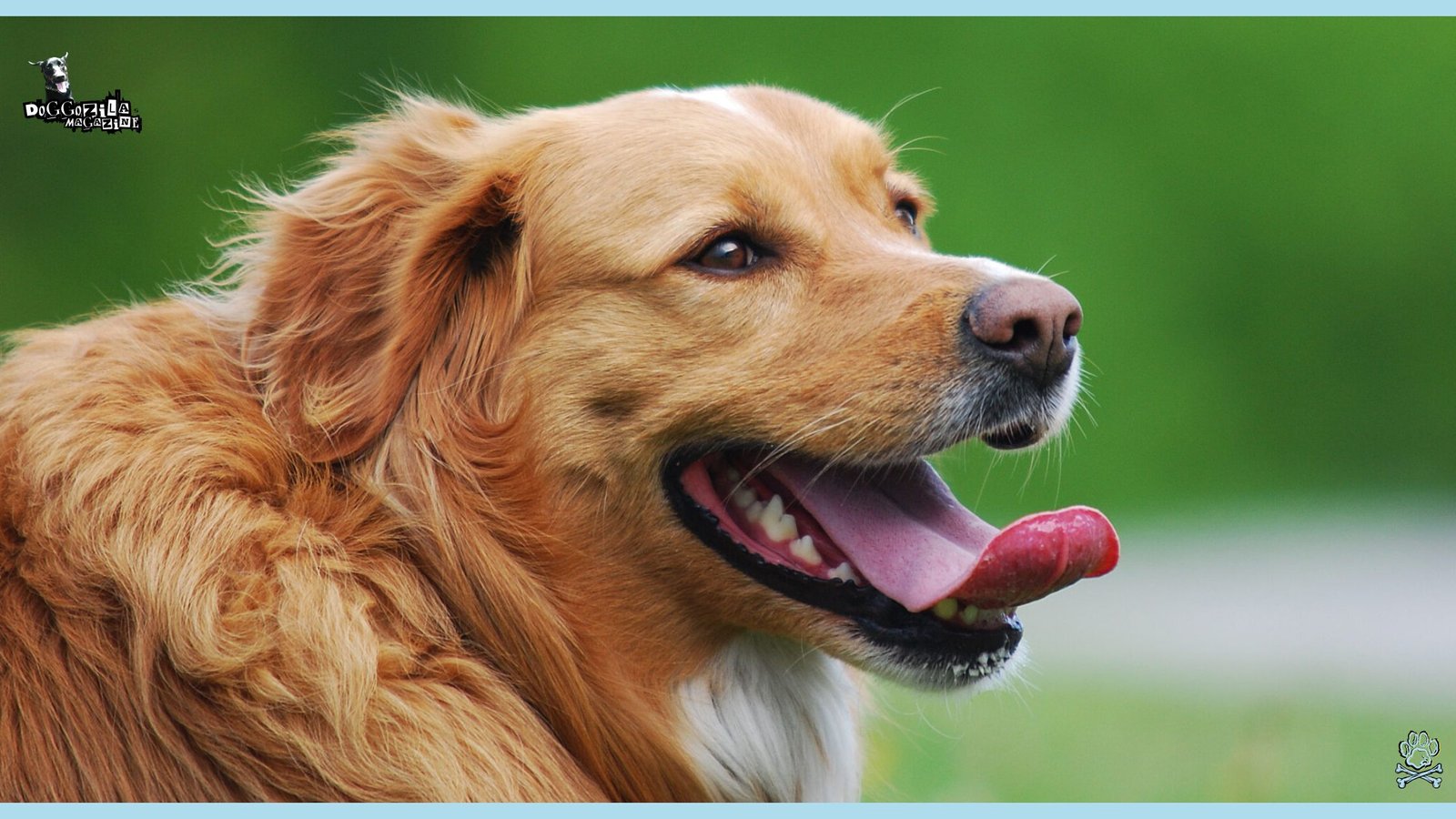
HOW To RECOGNIZE SIGNS OF HEAT STRESS AND PREVENT HEATSTROKE IN DOGS
Heat stress in dogs ranges from mild exhaustion to fatal heatstroke. Early signs include excessive panting, drooling, restlessness, and bright red mucous membranes. Without intervention, dogs can progress to vomiting, seizures, organ failure, and coma.
Monitoring ambient temperature, breed susceptibility (e.g., brachycephalics like Pugs), and individual health status informs risk assessment. Preventive measures—shade, hydration, cooling products, and activity moderation—reduce incidents.
Your Heatstroke First Response Checklist: Every Second Counts
- Recognize the Signs: Frantic panting, red/purple/dry gums, weakness/collapse, vomiting/diarrhea, glazed eyes.
- Remove from Heat: Get them into shade or air conditioning IMMEDIATELY.
- Start Active Cooling: Use cool (not ice-cold!) water. Soak towels and place on groin, armpits, neck, and paw pads. Run cool water over their body (avoid head to prevent aspiration). Fan them vigorously. Do NOT use ice or ice baths!
- Offer Water: Allow small sips of cool water if they are conscious and able to swallow. Do NOT force water.
- Call Ahead & Transport: Call your vet or emergency clinic to alert them you are coming. Transport your dog in a cool car (AC on) immediately, continuing cooling efforts during transport if possible (have someone else drive!).
- Do not delay! Heatstroke is a race against time.
Heat Stress Vs. Heatstroke Distinctions
Heat stress is reversible with rest and cooling; heatstroke involves systemic damage and requires urgent veterinary care. Key indicators include altered mental status and rapid escalation of temperature despite panting.
Breed And Health Factors Elevating Risk
Obesity, dark coats, senior age, and respiratory or cardiac conditions amplify heat vulnerability. Brachycephalic breeds suffer from anatomical airway restrictions, making panting less effective and sweat-pad contributions negligible.
Emergency First-Aid for Overheated Dogs
Remove the dog from heat immediately, apply cool (not ice-cold) water, and use fans to enhance evaporative cooling. Keep the head elevated and transport to a veterinarian without delay. Offer small sips of cool water if the dog can swallow safely.
🔑 Key Points: Heatstroke is life-threatening and requires immediate action. Signs include excessive panting, bright red gums, vomiting, and collapse. Rapid cooling (with cool water, not ice) and veterinary care are critical.
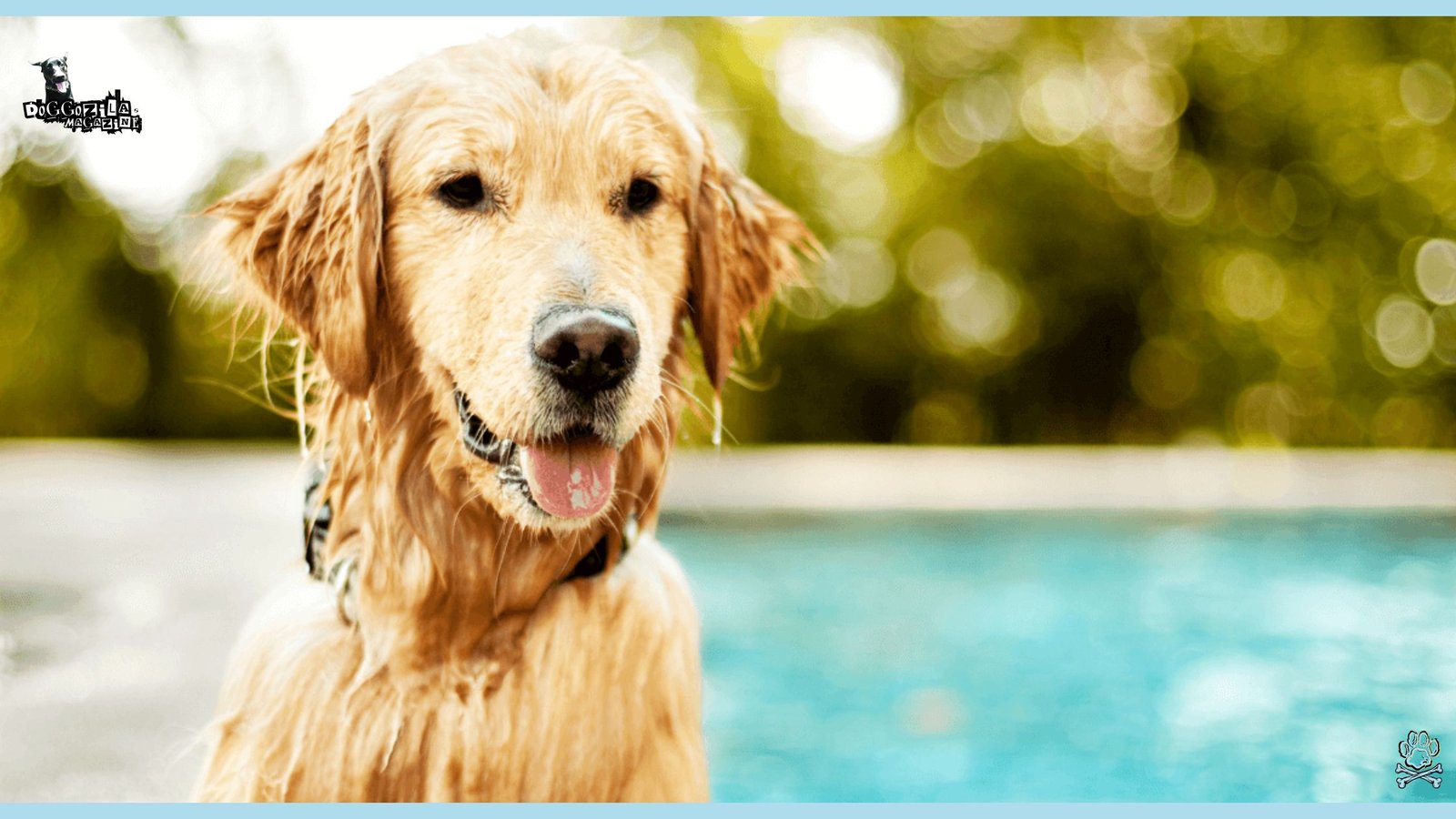
DOG OWNERS TIPS: OPTIMIZING ENVIRONMENT FOR THERMOREGULATION
Understanding vasodilation underscores why shade and fans are so helpful; they enhance the environment’s ability to draw away that radiated heat. It’s a brilliant internal engineering feat happening constantly to keep your pup comfortable.
Behavioral adaptations help dogs stay cool. Breeds with fewer sweat glands seek shade, lie on cool surfaces, and reduce activity to compensate.
Shade, Shelter, Ventilation, Hydration Stations and Grooming Routines
Position trees, pergolas or retractable awnings so your dog can escape direct sunlight at any hour. A doghouse with reflective roofing or light-colored walls reduces radiant heat gain and stays noticeably cooler than structures painted dark hues. Place fans in cross-draft configurations or install screened vents at opposite ends of indoor kennels. Continuous airflow across a dog’s face and ears boosts both panting efficiency and vasodilation, maximizing convective and evaporative cooling.
Swap hot asphalt and concrete for tile, stone pavers or composite decking, which remain cooler underfoot. Elevated mesh or metal-legged beds allow air to circulate below the body, cooling the chest and abdomen via convection. Install gravity-fed water dispensers or circulating-water bowls with built-in ice-cube compartments, ensuring fresh water is always on tap. Frequent sipping supports panting and merocrine sweat functions without flooding the stomach.
Schedule monthly deshedding sessions to remove dead undercoat and improve airflow through the fur. Avoid full shaving on double-coated breeds; trimming around the ears, paws and belly is safer and preserves natural insulation against both heat and sunburn.
Water-Play Areas, Light-Colored Materials, and Non-Slip Cooling Mats
Water mean life for your dog in these hot moments. Set up a shallow splash pad or kiddie pool in a shaded corner of the yard. Many dogs instinctively wade or lie down in cool water to amplify conductive and evaporative heat loss—just ensure surfaces remain non-slip. String fine-mist garden hoses or install wall-mounted misting nozzles around patios and kennels. The microdroplets evaporate on contact, chilling both the air and your dog’s coat without soaking fur.
Use reflective mulch, light-painted fencing or aluminized fabric screens along sun-exposed perimeters. These materials deflect up to 80 percent of radiant heat, lowering ambient temperatures in play zones. Place gel-infused mats or self-cooling pads on high-traffic and resting areas. These products absorb body heat and release it gradually, offering a cool surface without the risk of ingestible coolant leaks.
Why Monitoring Ambient and Surface Temperatures is Important?
Use digital thermometers to record both air and ground temperatures, ensuring play surfaces remain under 35 °C. Adjust outdoor access accordingly to safeguard cooling efficiency.
Opt for evaporative-cooling vests treated with non-toxic gels and thermally conductive mats rated for dog use. Validate products via provenance from reputable veterinary-approved brands; improper materials can trap heat instead of releasing it.
Provide clear guidelines on heat-safety protocols, including ambient thresholds, hydration schedules, and emergency contact information. Encourage the use of cooling aids and delineate safe walking times to minimize heat-related incidents.
🔑 Key Points: Summer safety requires proactive planning. Adjusting walk times (early morning/late evening), using cooling vests, and monitoring paw pad health can prevent overheating and ensure safe summer adventures.
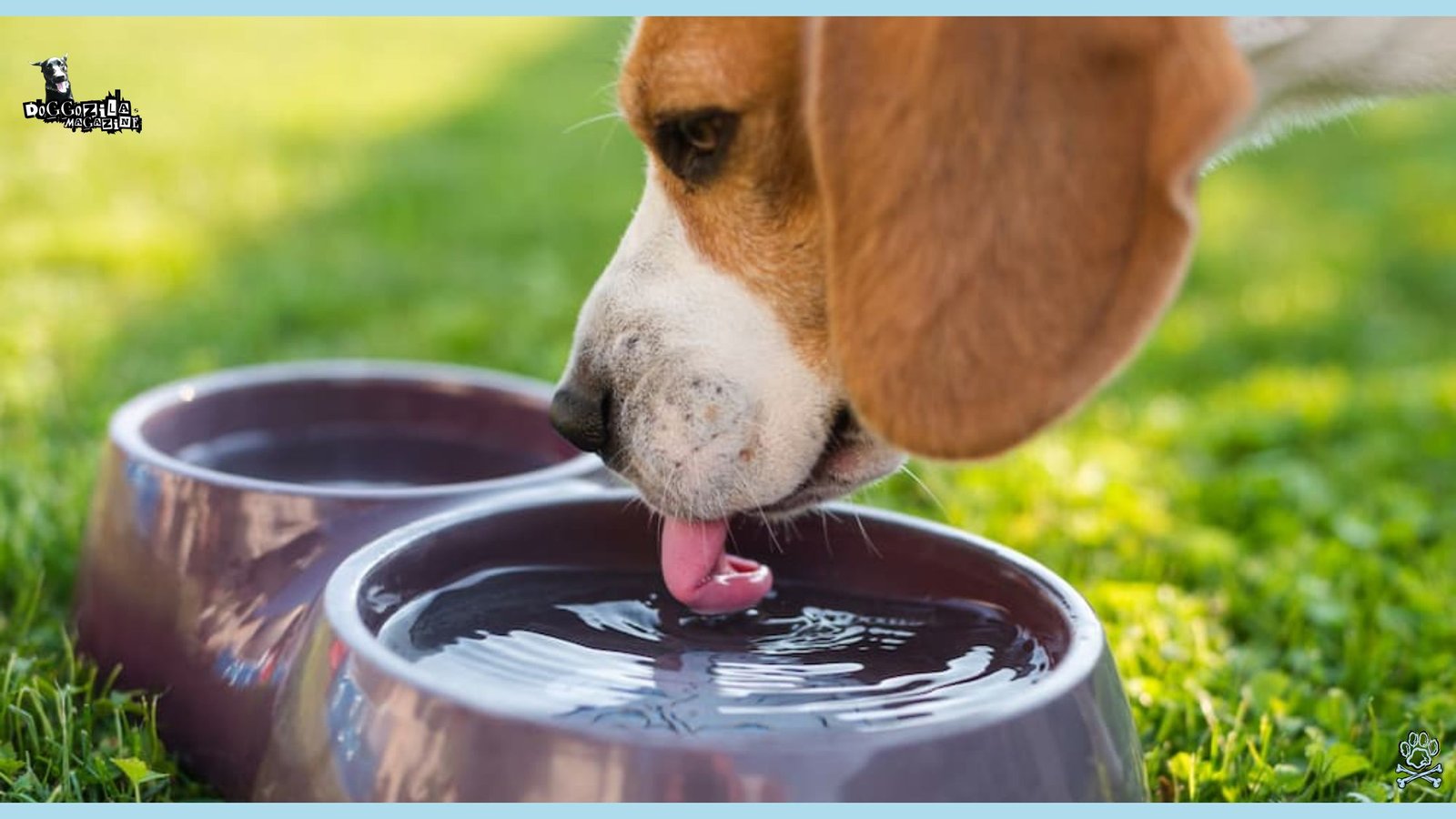
YOUR DOG’S ULTIMATE SUMMER SURVIVAL KIT: BEAT THE HEAT LIKE A PRO
Ready to turn your pup into a cool customer all summer long? Well, all that you need is your essential toolkit! Shortly we curated some below from years of global adventures and advice from top vets and trainers.
Your adventures, whether a city stroll or a backyard romp, can remain fun and safe even on the hottest days. Remember to tailor activity levels and environmental modifications to your dog’s breed, coat type, and individual preferences.
Why Hydration Station and Cooling Gear is Essential for Your Dog?
Go beyond just a water bowl! Carry a collapsible bowl and large water bottle on every outing. Offer water frequently (every 15-20 mins during activity). Add ice cubes to their home bowl. Make frozen treats: freeze low-sodium broth, wet food mixed with water, or plain yogurt with berries in Kongs or ice cube trays.
Invest in quality! A cooling vest (soak in cool water, wring out, put on dog) is fantastic for walks or hikes. Cooling mats (gel-filled or evaporative) provide a refreshing spot to lie indoors or on a shaded patio. A small kiddie pool with a few inches of water is pure bliss for many dogs.
Why Protection of Your Dog’s Paws and Grooming is Really Needed?
Test pavement with your hand – if it’s too hot for you for 7 seconds, it’s too hot for their paws! Walk on grass or dirt when possible. Use protective paw balm regularly to keep pads supple and resilient. Consider dog boots for essential walks on hot surfaces or rough terrain. Check pads after every walk for burns or cracks.
Grooming Guru: Brush, brush, brush! Especially for double-coated breeds, daily brushing removes dead undercoat, preventing mats and allowing air circulation. Keep fur trimmed neatly around paw pads for better contact with cool surfaces. Avoid full-body shaves.
Schedule the Day to Avoid Asking The Question How Do Dogs Sweat?
Shift walks, runs, and playtime to the coolest parts of the day: early morning (pre-dawn is often coolest!) and late evening. Avoid the midday sun (10 am – 4 pm) like the plague. Create multiple cool retreats. Use canopy tents outdoors.
Ensure constant access to well-ventilated, shaded, or air-conditioned areas indoors. Use fans to promote airflow. Close blinds on sunny windows. Be hyper-aware of your dog’s individual tolerance. A fit Border Collie might handle more than a Pug on the same day. Watch for subtle signs of fatigue or discomfort and always err on the side of caution.
If in doubt, cut the adventure short and head home to cool down. How to arrange for your dogs to sweat happily all summer? With a prepared and proactive best friend by their side! Implementing these strategies makes summer adventures safe and enjoyable for everyone.
Embrace The Natural Cooling Superpowers of Dogs When You Learn How They Do Sweat
Every dog, from the fluffiest Siberian Husky to the tiniest Chihuahua, relies on a complex blend of hidden sweating, panting, and strategic blood flow to stay comfortable when temperatures soar. By understanding how do dogs sweat through paw pads and under-fur glands, and why panting and vasodilation shoulder most of the cooling load, you’ll be better equipped to read your dog’s signals and adjust your routine. Implement practical strategies—shade, hydration, cooling gear, and mindful scheduling—to amplify these innate mechanisms rather than fight against them.
When in doubt, watch the paws, check the tongue, and heed early signs of heat stress. With science-backed insights and a few simple tools, you’ll transform every summer outing into a cool, carefree experience for your canine companion. Feel inspired to share your own cooling hacks or tell us how your dog beats the heat—drop a comment and tag us on social, and keep the conversation going. Because every day is better when both you and your best friend can enjoy the sunshine safely.
Go forth, explore those cooler hours, pack that extra water, and make amazing, safe summer memories with your best furry friend.
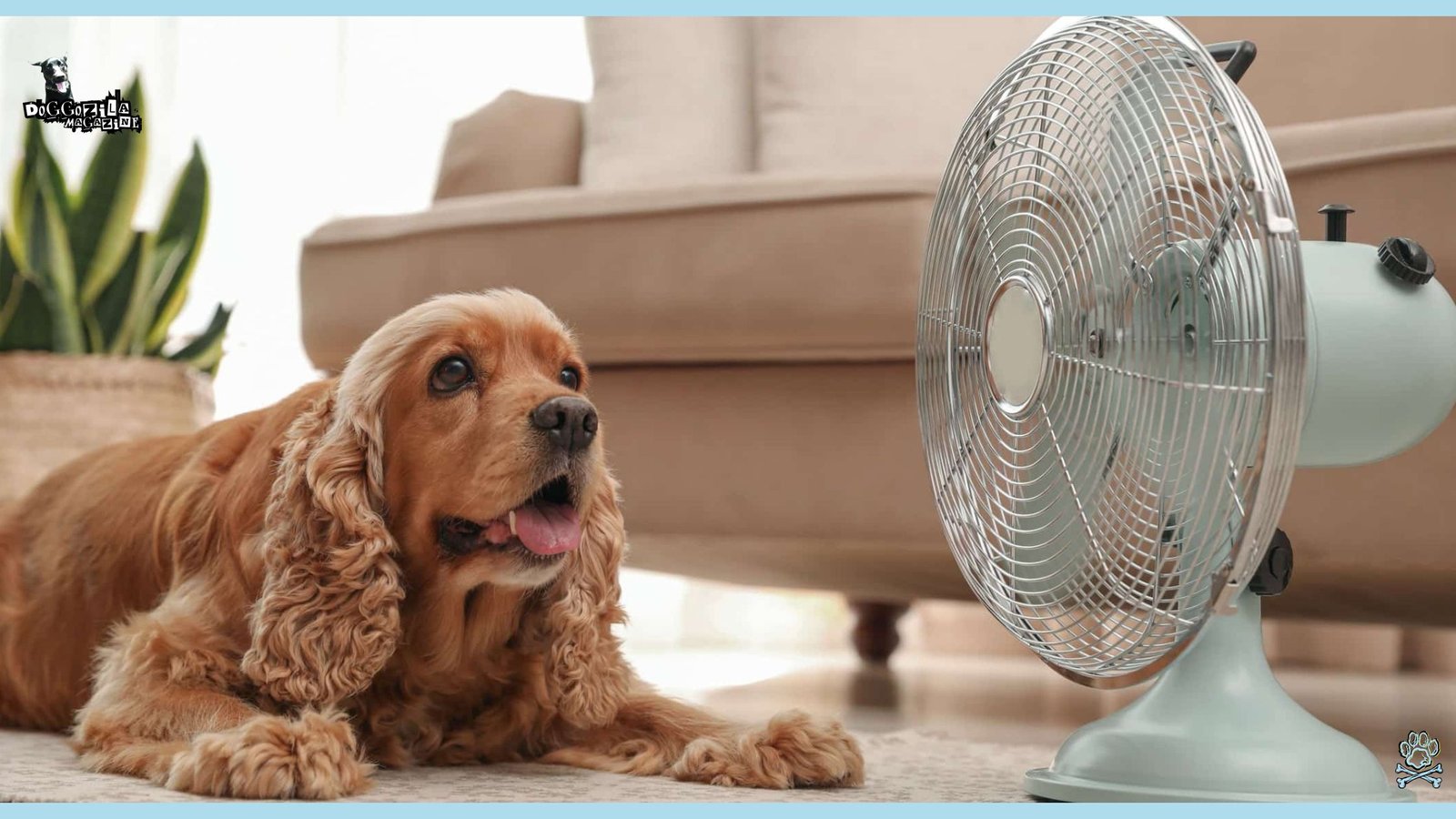
Stay cool, stay adventurous, and keep those tails wagging!



